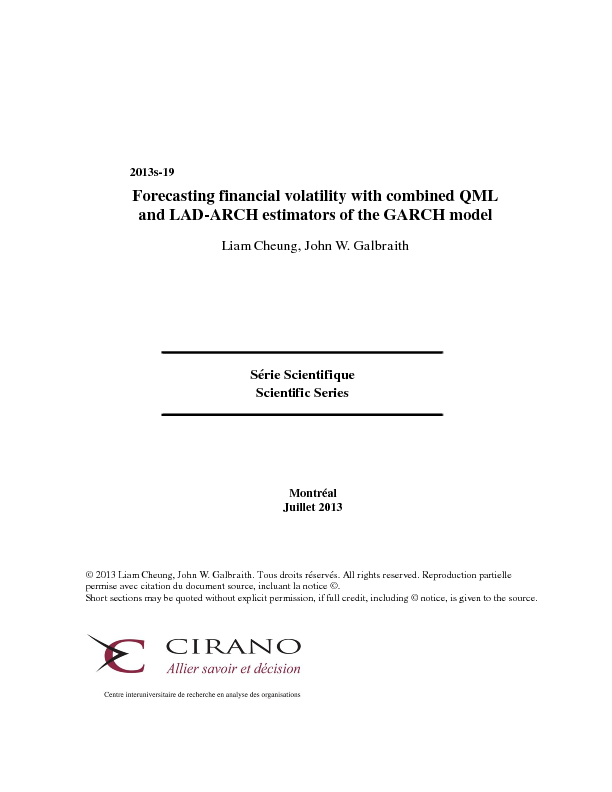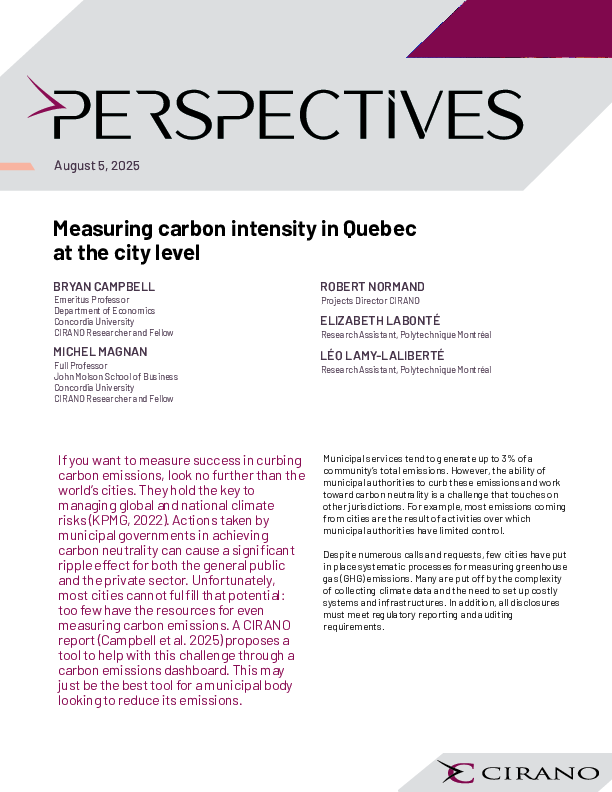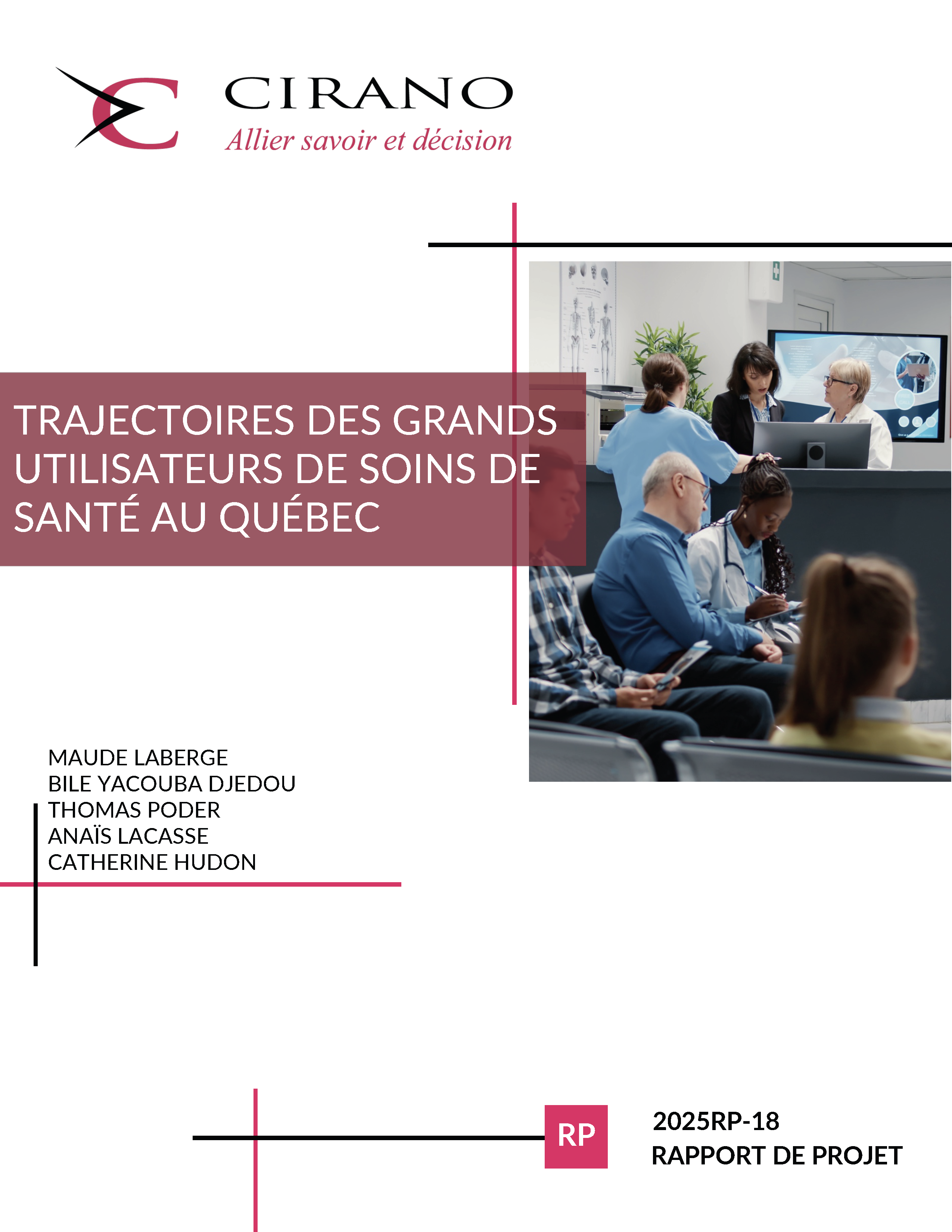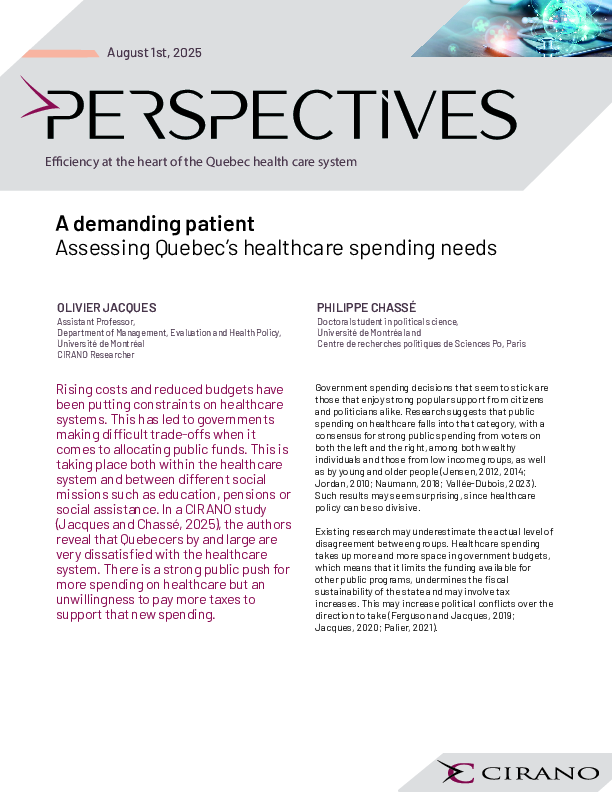Forecasting financial volatility with combined QML and LAD-ARCH estimators of the GARCH model
GARCH models and their variants are usually estimated using quasi-Maximum Likelihood (QML). Recent work has shown that by using estimates of quadratic variation, for example from the daily realized volatility, it is possible to estimate these models in a different way which incorporates the additional information. Theory suggests that as the precision of estimates of daily quadratic variation improves, such estimates (via LAD- ARCH approximation) should come to equal and eventually dominate the QML estimators. The present paper investigates this using a five-year sample of data on returns from all 466 S&P 500 stocks which were present in the index continuously throughout the period. The results suggest that LAD-ARCH estimates, using realized volatility on five-minute returns over the trading day, yield measures of 1-step forecast accuracy comparable or slightly superior to those obtained from QML estimates. Combining the two estimators, either by equal weighting or weighting based on cross-validation, appears to produce a clear improvement in forecast accuracy relative to either of the two different forecasting methods alone.
[ - ]




